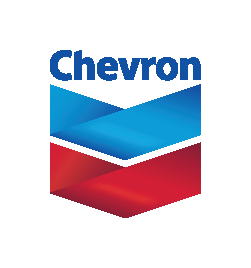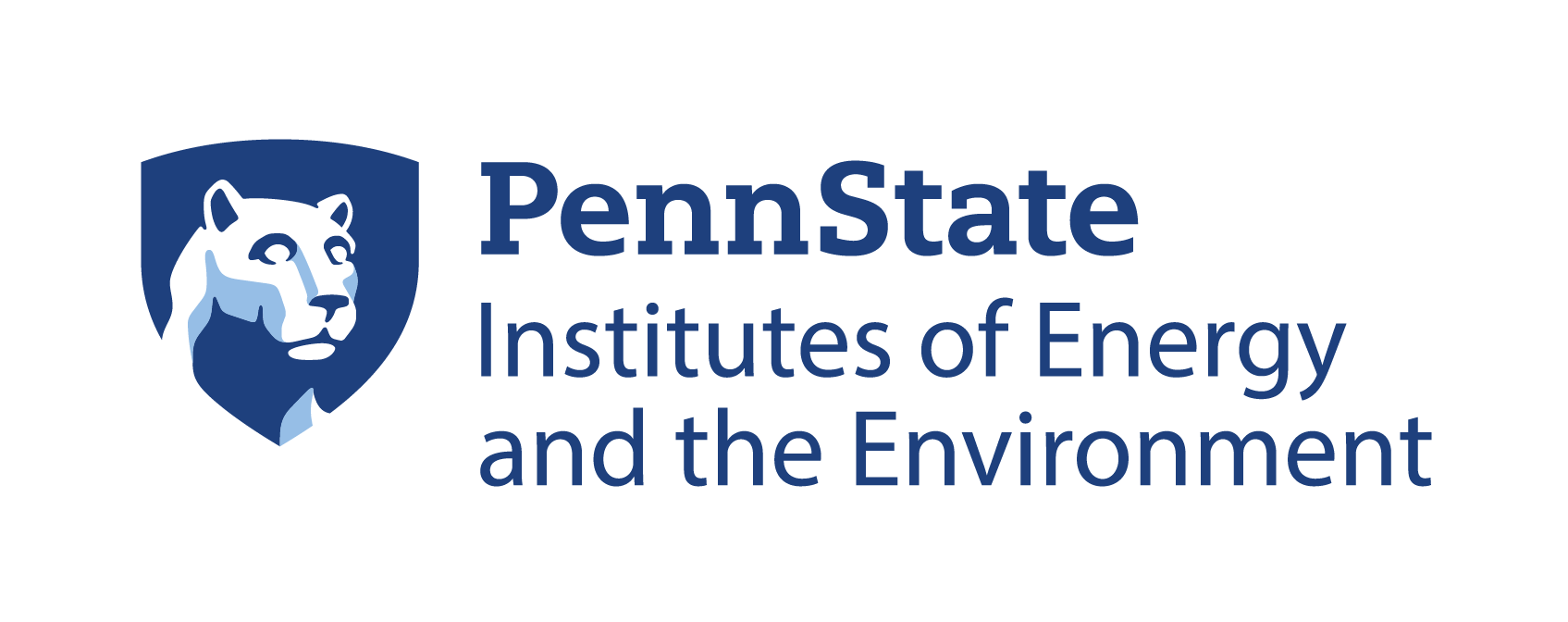Short Courses
- Short Course 1: Introduction to Digital Rock Physics (Cancelled)
- Short Course 2: Machine Learning for Geoscience Modelling: Introduction and Advanced Topics with Case Studies
- Short Course 3: Geostatistics with GeoStats.jl (Cancelled)
- Short Course 4: Introduction to Stratigraphic Forward Modelling (Cancelled)
- Short Course 5: Geological Applications of Compositional Data Analysis: A Practical Introduction
- Short Course 6: Shale Analytics (Cancelled)
- Short Course 7: Subsurface Fracture Characterization (Cancelled)
- Short Course 8: Advanced Stratigraphic Forward Modelling (Cancelled)
Introduction to Digital Rock Physics
- organized by: Dr. James McClure (Virginia Tech)
- Venue:
- Date: August 10, 2019
- Time:
- Min. number of participants: 10
- Max. number of participants: 50
- costs per participant: US$ 250
This workshop will provide an introduction to computational approaches for digital rock physics based on capabilities within the Digital Rocks Portal and the LBPM software package. Participants will be introduced to the capabilities of the Digital Rocks Portal and learn how to manage, publish and visualize digital rock data sets using the web-based framework. Existing data sets published within Digital Rocks Portal will be used to demonstrate simulation workflows used to measure permeability and relative permeability based on 3D rock geometries. Traditional workflows for segmentation of micro-CT data sets will be presented alongside emerging approaches to train neural networks to perform volumetric segmentation.
- Overview of Digital Rocks Portal capabilities and data management best practices
- Visualization of data with ParaView
- Permeability and Relative permeability simulation using LBPM
- Segmentation of micro-CT data
- Python workflows to train deep learning models using digital rock data
Machine Learning for Geoscience Modelling: Introduction and Advanced Topics with Case Studies
- organized by: Prof. Mikhail Kanevski (University of Lausanne, Switzerland) and Prof. Vasily Demyanov (Heriot-Watt University, UK)
- Venue: C211 Coal Utilization Lab, Entrance Rd, University Park, PA 16802, États-Unis
- Date: August 10, 2019
- Time: 9:00 am
- Min. number of participants: 10
- Max. number of participants: 50
- costs per participant: US$ 250
Machine Learning (ML) algorithms have gained a great popularity in geoscience studies and applications for analysis, modelling and visualization of complex high dimensional data to improve understanding of natural systems’ behavior and their interaction with human activity. The short course presents both an introduction to the basics of ML and insights into advanced ML topics and their applications in geoscience modelling. The presentations are well illustrated by simulated and real data case studies across various geoscience fields. The course focuses on the important issues of predictive learning: high dimensional and multivariate data visualization, predictability, data and models complexity, feature selection, uncertainty characterization, which are considered within a holistic framework of data driven modelling. We will demonstrate how domain geoscience knowledge adds value and improves efficiency of machine learning application. No prior knowledge of machine learning is required. Details of the course:
- Introduction to machine learning for geo- and environmental data
- High dimensional multivariate data visualization.
- Basic machine learning algorithms for solving clustering, classification, and regression problems
- Advanced ML topics and models: active learning, semi-supervised learning, ensemble learning, ML and uncertainties
- Case studies: environmental pollution (air, water, soil), natural hazards, subsurface reservoir characterization, renewable energy
- General discussion
Geostatistics with GeoStats.jl
- organized by: Júlio Hoffimann Mendes (IBM Research)
- Venue: Penn Stater Hotel and Conference Center (room number TBD)
- Date: August 10, 2019
- Time:
- Min. number of participants: 10
- Max. number of participants: 50
- costs per participant: US$ 250
Overview
In this short-course, I will cover important concepts from geostatistics using the GeoStats.jl
framework, a state-of-the-art, open-source package for geostatistics implemented in the Julia
programming language. Topics covered: variography, estimation/simulation of spatial variables
with variogram-based methods, multiple-point simulation with training images, among other
topics of practical interest.
Requirements
No previous exposure to the Julia programming language is required, but is very welcome. A
good resource is their official documentation at https://julialang.org .
Although no programming experience is required to follow the course material, attendees will be
asked to execute code in the form of Jupyter notebooks.
A computer with internet connection is necessary for those interested in doing the exercises.
Goals
By the end of the course, you should be able to understand the types of problems that can be
solved with the framework, and to reproduce the examples with your own data.
- Introduction to Julia
- Spatial Estimation Problems
- Spatial Simulation Problems
- Variography
- Concluding Remarks
Introduction to Stratigraphic Forward Modelling
- organized by: Dr. Cedric Griffiths (Stratamod and Curtin University) and Dr. Daniel Tetzlaff (Schlumberger and Westchase Software)
- Venue: Penn Stater Hotel and Conference Center (room number TBD)
- Date: August 10, 2019
- Time:
- Min. number of participants: 10
- Max. number of participants: 30
- costs per participant: US$ 250
The course will appeal to those who wish to improve awareness of the background and rapidly developing technology of Stratigraphic Forward Modelling and its geological, engineering and environmental applications at all scales.
Numerical stratigraphic forward modelling (SFM) simulates the physical, chemical and biological processes that are responsible for stratal architecture over time scales from seconds to millions of years. We can only demonstrate that we understand these processes by making quantitative predictions about stratal architecture and rock properties, away from observations. SFM an be applied at all scales, and at ages from the Pre-Cambrian to the future. Using this technology earth scientists can develop quantitative multiple working hypotheses of basin fill and the response of depositional systems to past, present, and possible future changes in climate, sea level, sediment supply, and other environmental conditions.
- Introduction to SFM, history, current trend, and anticipated future developments
- Sediment diffusion, free-surface steady and unsteady flow
- Approaches to simulating sediment erosion, transport and deposition, carbonate growth, diagenesis, compaction
- Overview and current status of various stratigraphic forward modelling software
Geological Applications of Compositional Data Analysis: A Practical Introduction
- organized by: Mark Engle (Eastern Energy Resources Science Center, U.S. Geological Survey, El Paso, TX) and Madalyn Blondes (Eastern Energy Resources Science Center, U.S. Geological Survey, Reston, VA)
- Venue: C211 Coal Utilization Lab, Entrance Rd, University Park, PA 16802, États-Unis
- Date: August 11, 2019
- Time: 9am-12am, 1pm-4pm
- Min. number of participants: 10
- Max. number of participants: 50
- costs per participant: US$ 250
Many types of data used in the earth sciences are compositional, meaning they are composed of relative variables or parts. Common examples include soil texture or grain size distribution, elemental or oxide concentrations, relative abundance of minerals or coal macerals, etc. It has been shown that, for mathematical reasons, analysis of compositional data using classical tools, such as correlation or even simple plotting, can provide results that are misleading or incorrect. Methods based on log- ratio transformations, so-called Compositional Data Analysis (CoDA), have been developed in an attempt to prevent some of these known problems in the interpretation and analysis of compositional data. In this short course, we will introduce attendees to the basic concepts of CoDA including the 3 basic log-ratio transformations, run through real-world geological examples using the CoDaPack software package. he latter portion of the course will cover some more advanced topics and current areas of research and rovide citations for future information
schedule:- Introduction to compositional data
- Basic concepts of compositional data analysis (CoDA)
- Univariate and bivariate analysis
- Multivariate exploratory data analysis
- Creation and uses of the isometric log-ratio (ilr)
- Advanced topics
Shale Analytics
- organized by: Shahab D. Mohaghegh (Intelligent Solutions, Inc. & West Virginia University)
- Venue: Penn Stater Hotel and Conference Center (room number TBD)
- Date: August 11, 2019
- Time:
- Min. number of participants: 10
- Max. number of participants: 50
- costs per participant: US$ 250
Data-driven analytics is becoming an important competitive differentiation in the upstream oil and gas industry. When it comes to production from unconventionals, specifically, shale, companies are realizing that they are in possession of large amount of facts and information in the form of the data they have been collecting in the past several years. It has been proven beyond any reasonable doubts that when it comes to analysis and modeling of production from shale, our traditional techniques (Numerical Simulation, RTA, and Decline Curve Analysis) leave much to be desired. Relevant and domain-based implementation of Artificial Intelligence and Machine Learning in analysis and modeling of the collected data via field measurements can provide much needed insight that would overcome the biases, preconceived notions, and overwhelming assumptions that have dominated our traditional techniques.
Data-driven analytics is the set of tools and techniques that provides the means for extraction of patterns and trends in data and construction of predictive models that can assist in decision-making and optimization. Shale Analytics is the domain (reservoir completion and production engineering) based application of the state of the art Artificial Intelligence and Machine Learning for production and recovery optimization from shale wells. Shale Analytics integrates all relevant data (well, reservoir, completion, frac job, placement and stacking, and operation) with production history in order to model the complex physics of hydrocarbon production from shale. As the number of wells in an asset increases, so does the accuracy and reliability of the analytics.
Attendees will become familiar with the fundamentals of data-driven analytics, Artificial Intelligence and Machine learning including the most popular techniques used to apply them such as artificial neural networks, evolutionary computing, and fuzzy set theory.
This course will demonstrate through actual case studies (and real field data from thousands of shale wells) how to impact well placement, completion, and operational decision-making based on field measurements rather than human biases and preconceived notions.
Topics:- Basics of artificial intelligence (AI) and machine learning
- Descriptive analytics
- Predictive analytics
- Prescriptive analytics
- Introduction to AI-based dynamic modeling
Subsurface Fracture Characterization
- organized by: Paul Lapointe
- Venue: Penn Stater Hotel and Conference Center (room number TBD)
- Date: August 11, 2019
- Time:
- Min. number of participants: 10
- Max. number of participants: 50
- costs per participant: US$ 250
Natural fractures in the subsurface play a critical role in many fields of the Geosciences, especially in the environmental, energy and geotechnical engineering areas. Many approaches now used to predict or engineer the fluid flow, deformability or strength of fractured rock for projects in these areas requires a quantitative characterization of the geometric, hydraulic and mechanical properties of the individual fractures and the that of the integrated networks that they may form. This Short Course will provide an overview of current industry methods for developing a quantitative characterization of the natural fracture system in the subsurface and salient aspects of its hydraulic and mechanical behavior. The course will survey some of the primary tools or measurements that are needed or can be used to gather the data needed to develop a quantitative description, key analytical methods for extracting necessary parameterizations, common workflows and several case histories. The course is intended to provide participants with a structured workflow that can be adapted for specific projects, a knowledge of what data is needed and how it can be obtained, an overview of useful or necessary mathematical or statistical techniques for quantifying the data, and some approaches to validating the characterization of the subsurface fracture system.
Tentative Outline:- Geological framework for the mathematical stratification of natural fracture systems:
- Depositional Constrains
- Structural Constraints
- Key Parameters: Data Acquisition & Analysis Techniques
- Geometric Aspects of Natural Fracture Systems: Orientation, Intensity, Size, Aperture
- Hydraulic Aspects of Natural Fracture Systems: Aperture, Intrinsic permeability, Compressibility
- Mechanical Aspects of Natural Fracture Systems: Stiffness & Strength
- Workflows:
- Developing a 3 characterization from 1D and 2D data
- Validation
- Discrete Fracture Network (DFN) modeling
- Case Histories:
- Unconventional oil reservoir completion design
- Open pit mine slope stability
- Geoengineering
Advanced Stratigraphic Forward Modelling
- organized by: Dr. Cedric Griffiths (Stratamod and Curtin University) and Dr. Daniel Tetzlaff (Schlumberger and Westchase Software)
- Venue: Penn Stater Hotel and Conference Center (room number TBD)
- Date: August 11, 2019
- Time:
- Min. number of participants: 10
- Max. number of participants: 15
- costs per participant: US$ 250
Requirements
For those completely new to stratigraphic forward modelling, prior attendance at the Introduction to Stratigraphic Forward Modelling on Saturday the 10 August is recommended.
Participants will be expected to have installed the SedsimX 2019 software and exercises on a laptop that is brought to the course. Once registered for the Advanced course, participants will have immediate access to copies of the latest Windows version of the software as used in the course, as well as documentation, with exercises and test data sets
The course will appeal to those who already have some familiarity with the concept of Stratigraphic Forward Modelling (SFM), plan to use it for research or practical application, and need hands-on training in the use of SFM software for quantitative prediction in petroleum, engineering and environmental applications.
Although the Advanced course will focus on hands-on use of the SedsimX software, other commercial software will be reviewed. The workflows needed to develop and test depositional and stratigraphic understanding at a variety of scales will be utilized and discussed. A brief discussion of the theoretical foundations will be included but there will be an emphasis on practical use of SFM programs in real-world settings so that their capabilities and limitations are well understood.
A range of practical applications from flume tank to continental scales will be shown. This year’s course will add sections on the interaction of sedimentation and structure as well as techniques for honouring data.
For hydrocarbon applications, the course will involve hands-on use of SedsimX 2019 in taking a conceptual stratigraphic model to RMS/Petrel/PetroMod input at reservoir and basin scale. For environmental applications, the use of wind, wave, current, tidal, temperature, salinity and rainfall data grids will be demonstrated.
- Practical SedsimX operation
- Simulation design for clastic, carbonate, and vegetation growth interaction




